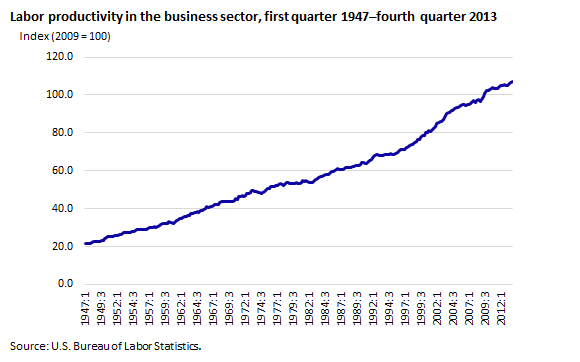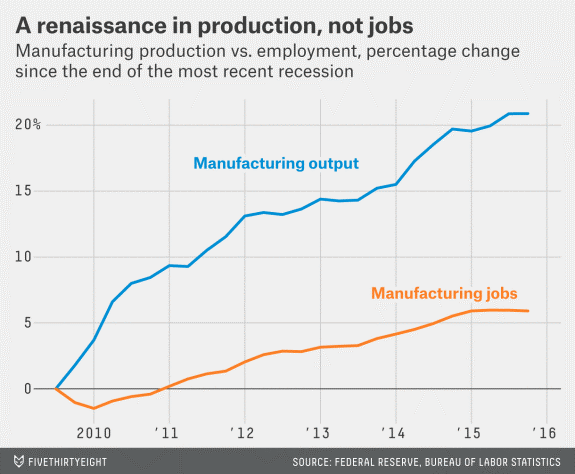People’s Opinions Matter
The talking heads on CNBC and some of the other more neutral media outlets are talking about the signs we are already seeing of increasing confidence in the economy from the tax cut. This is the highest level since November of 2000. People are starting to see a little more in their paychecks this week, which brings a nice warm feeling this time of year. For many working Americans, even $30/paycheck can be the difference between eating out, buying a new shirt…or doing nothing! We seem to have been fighting off a stock market correction since the lows of Feb 9th. Many analysts believe that businesses have more money to feed the economy and resist the correction. Others are concerned about the possibility of up to 4 more increases in the Fed Rate.
The reason that we taxpayers need to do a self-check on the happiness scale is that the bad news has been so bad for so long that it doesn’t seem to get the attention it deserves these days. Things are getting better in the tax code, but if this doesn’t work….
What do we mean?
These tax cuts are a “bet” that we as a country are making. The “bet” is that since we can’t seem to curb our spending at the federal level, we will be able to grow our way out of all of our government obligations through a larger tax base. The tax cut was $1.5 trillion. At an average tax of 20%, we need to grow the economy $7.5 trillion to break even on the cut. The 2016 GDP was $18.624 trillion, meaning we need to grow the economy by 40.27% to break even. Ahh, the magic of numbers! Only a politician can make those numbers meet.
However, we have other issues to compound this problem. We have 20+ trillion dollars in federal debt. Add the promised nearly 13 trillion dollars (some say more some say less) out in future Social Security obligations. Now, factor in another 25-40 trillion (again, some say more, some say less) in unfunded expected health care obligations through Medicare and Medicaid. How much more do you think we will need to grow our income to cover all of this?
Does anyone else see a problem here?
What if you and your spouse maxed out all of your credit cards, applied for more credit cards and maxed those out as well? Then to fix this, borrowed money on your house with a balloon mortgage note, then borrowed money from your parents. Then you solve the problem by saying “We’ll reduce our revenue and hope for the best!”
Don’t misunderstand, stimulating the economy is a very good thing! Putting more spendable dollars in the hands of Americans will do just that. The best solution would be to spend less at the same time we are achieving more growth, but that’s not looking possible with today’s political process.
Toss in the towel?
Should we all just toss in the towel and give up? No, not at all. Just look down the road to the finish line in 2025, when the tax cuts are expected to expire. If we have paid down enough debt to solve these problems, or at least make them more manageable, we will all be happy! However, if instead, we are still in the same spot or worse, it will be time to cut the leg off the patient to save his life. What will that look like? Possibly a drastic reduction in all welfare programs. Remember, Social Security, Medicare and Medicaid are essentially welfare. We could see increasing the Social Security retirement age to 70, 75, or 80? End Medicare as we know it, move the enrollment age back 3-4 years, or make premiums 40% of income for everyone over 65? No one believes these things would be allowed to happen.
I certainly do not believe politicians are capable of making hard decisions.
It will likely be more likely this. All 401K, IRA, 403B…any retirement plan or retirement savings will need to be taxed at the same rate they were when you deferred them with a minimum rate of, let’s say 20%. This means no 0% tax, no 10% tax, and no 12% tax. Those are all set to expire at finish line 2025 and go back to 2017 rates.
So, what should YOU do?
Granted, it’s all opinion. One possible goal will be developing a plan to expose all of your pretax accounts to taxation in a strategic manner over the next several years and before the finish line is reached in 2025. Then, when the next sweeping tax changes happen, you would have no pretax dollars left. You could have only “tax-free” dollars that have already been taxed by the government, and cannot be taxed again! If you don’t get yourself to “no pretax money” before 2025, some guess that the US government will do it for you.






